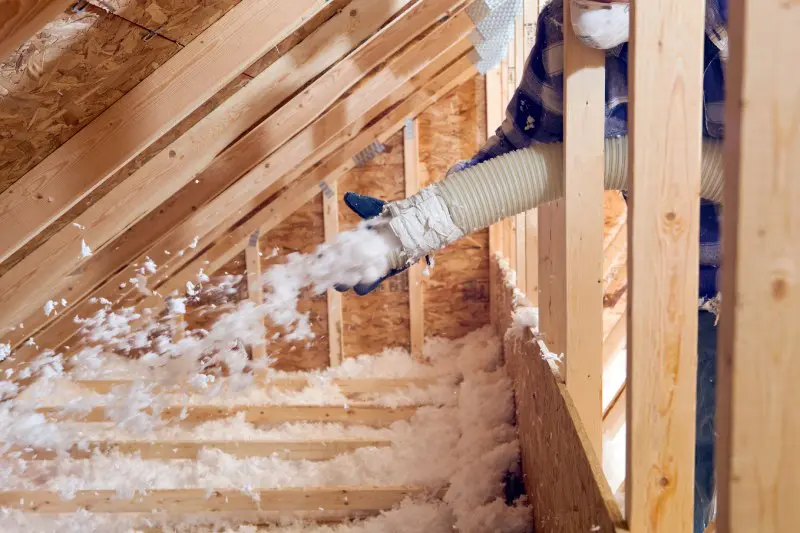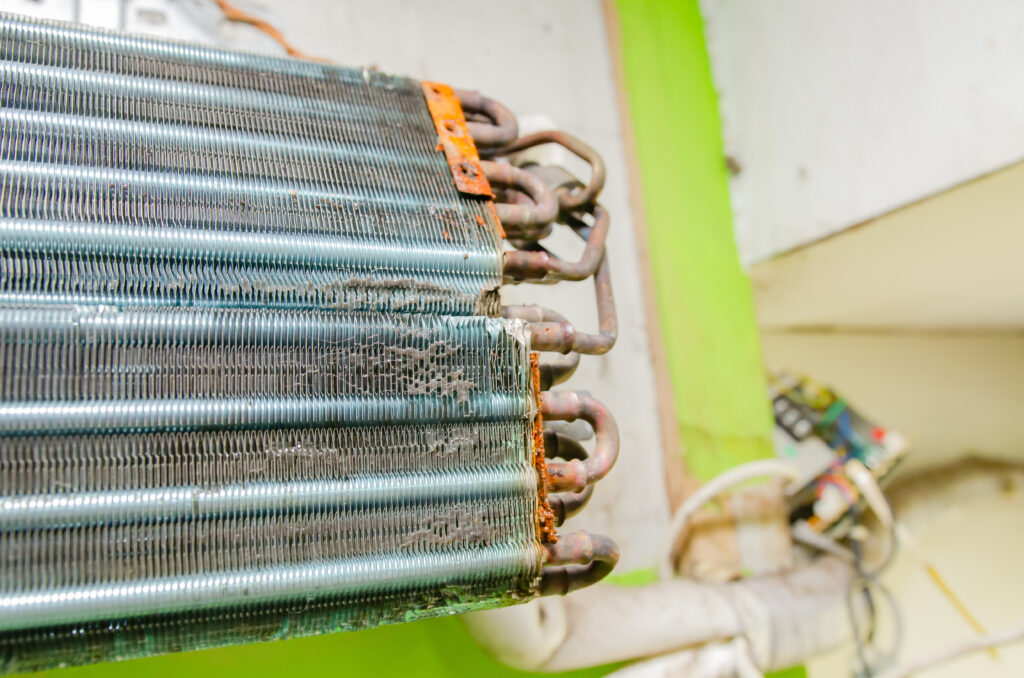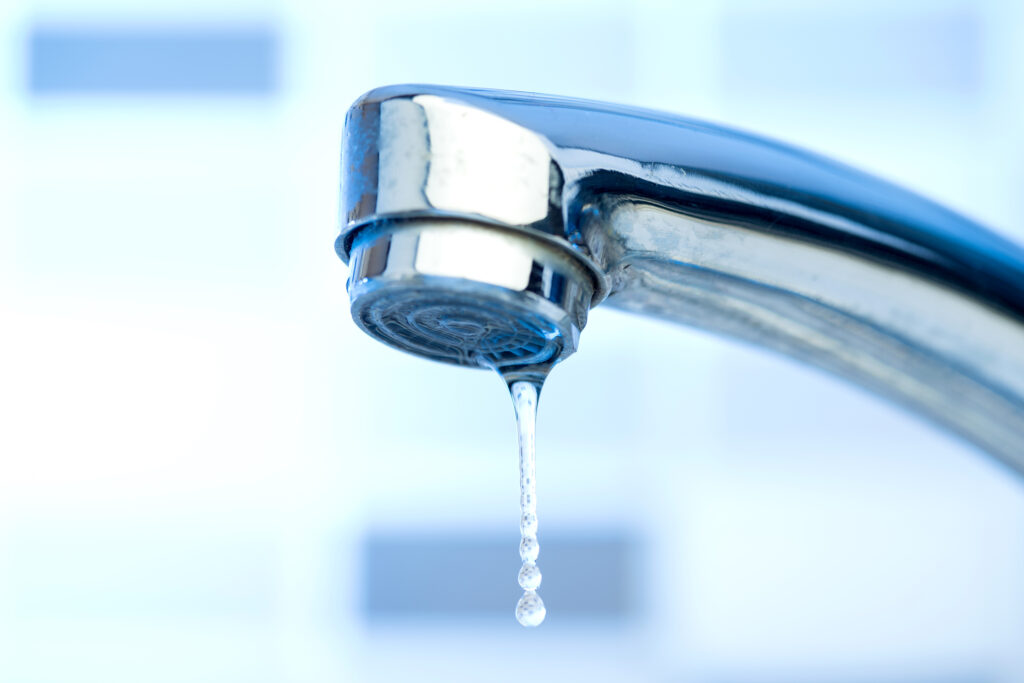
Adding insulation to your Sanford, Florida, home is a great way to improve your energy efficiency and save money. There are several benefits that you’ll reap from improved insulation. Investing in this eco-friendly home improvement project now can yield long-lasting savings that you’ll enjoy well into the future. Learn more about how proper insulation will help you save money and create a more comfortable home.
How Insulation Works
Insulation slows or stops conduction, which is the transfer of heat from one space to another via contact with solid objects like the ceiling, flooring, or walls. Heat moves from warm areas into cooler ones. In our Floridian climate, this means that heat is nearly always trying to creep into the home from outside. In a few instances during the coldest parts of fall and winter, you may also battle the loss of heat from inside your home as it seeps outside.
Home insulation traps pockets of air to keep heat from moving quickly or efficiently from one area to another. There are many types of insulation with varying degrees of effectiveness, but all work on the same principles. The better your home’s insulation, the more likely it is that heating and cooling will stay in the intended area.
Where to Install Insulation
There are many places where you should have insulation in your home. The most important is the attic because there’s more heat per square foot moving through the ceiling than through any other part of the house. This area will become swelteringly hot in the summer. Adding insulation to your attic will isolate that heat and keep it from coming down into your living space, where it will cause your cooling bills to rise.
After you’ve properly insulated the attic, you may want to move on to other parts of the home. You can add insulation in exterior walls to stop heat transfer here as well. This is best done during the construction phase of the home when you can easily add insulation batts between the studs. However, there are some loose-fill and spray foam blown-in insulation options that you can add to an existing home.
Choosing the Right Insulation Material
Each insulation material has its own R-value, which determines its effectiveness. When insulating your Floridian home, you should look for an option with a rating of R-19 or higher. The best practices for home building in Florida suggest a rating of at least R-30 for an attic in the Sanford area.
R-values are given by inch, so you need to multiply the thickness of your insulation in inches by the R-value of that particular material to determine how efficient it is. You’ll typically get a higher R-value for foam insulations like polyisocyanurate or extruded polystyrene (XPS). Fiber insulation materials such as fiberglass and mineral wool have lower R-values.
Exploring the Cost Savings
Adding insulation to your home can be a costly project, but it’s important to think about the long-term benefits. When your home is well insulated, it’s also more eco-friendly. The less energy you use to heat and cool your home, the smaller your carbon footprint.
Adding insulation will also decrease your heating and cooling costs throughout the year. Some estimates indicate that simply adding insulation to your attic can trim your heating bills by as much as 30%. Builders of energy-efficient homes may be eligible for tax credits. Some utility companies offer rebates and other incentives for energy-saving home projects such as insulation. For example, Duke Energy customers can get up to $200 back for upgrading their attic insulation.
If you’re ready to upgrade the insulation in your home, we can help. Del-Air offers a variety of home insulation options. Paired with our professional expertise and efficient installation services, this is a fast and effective option for increasing the energy efficiency in your house. Give us a call today to learn more about how we can help you improve insulation and save money on heating and cooling.






